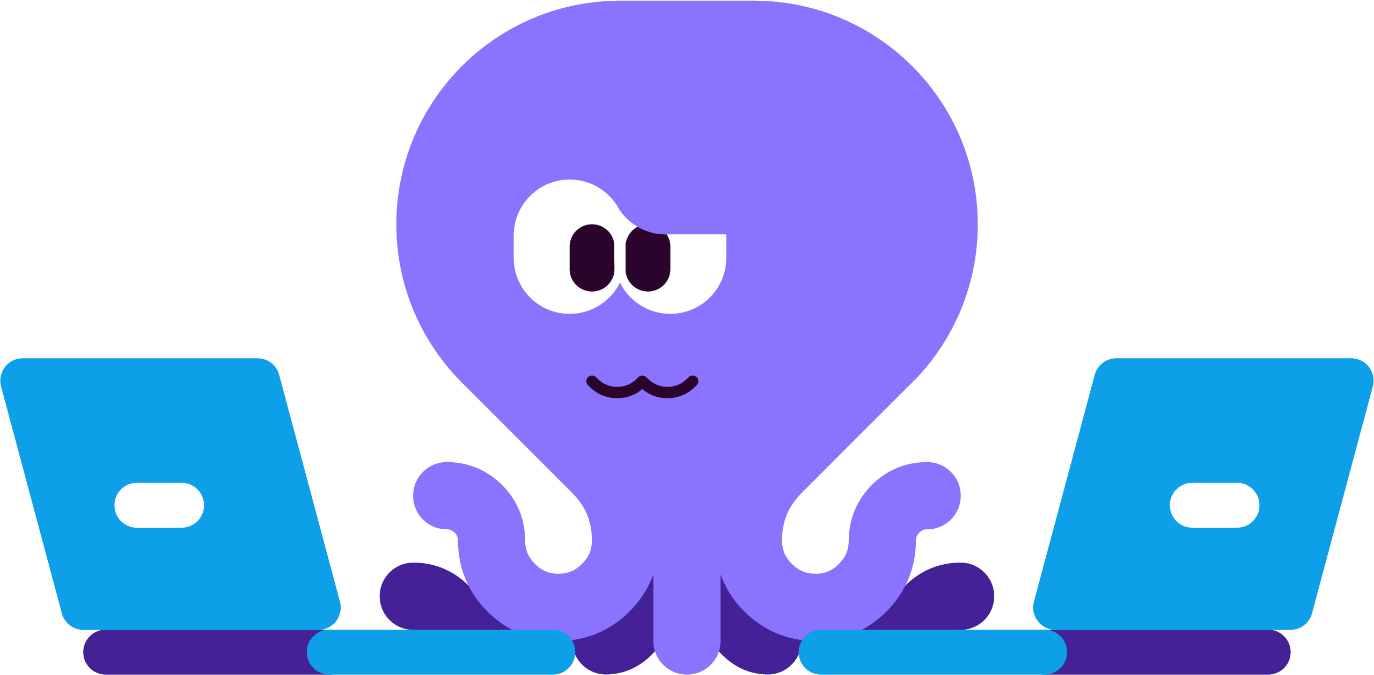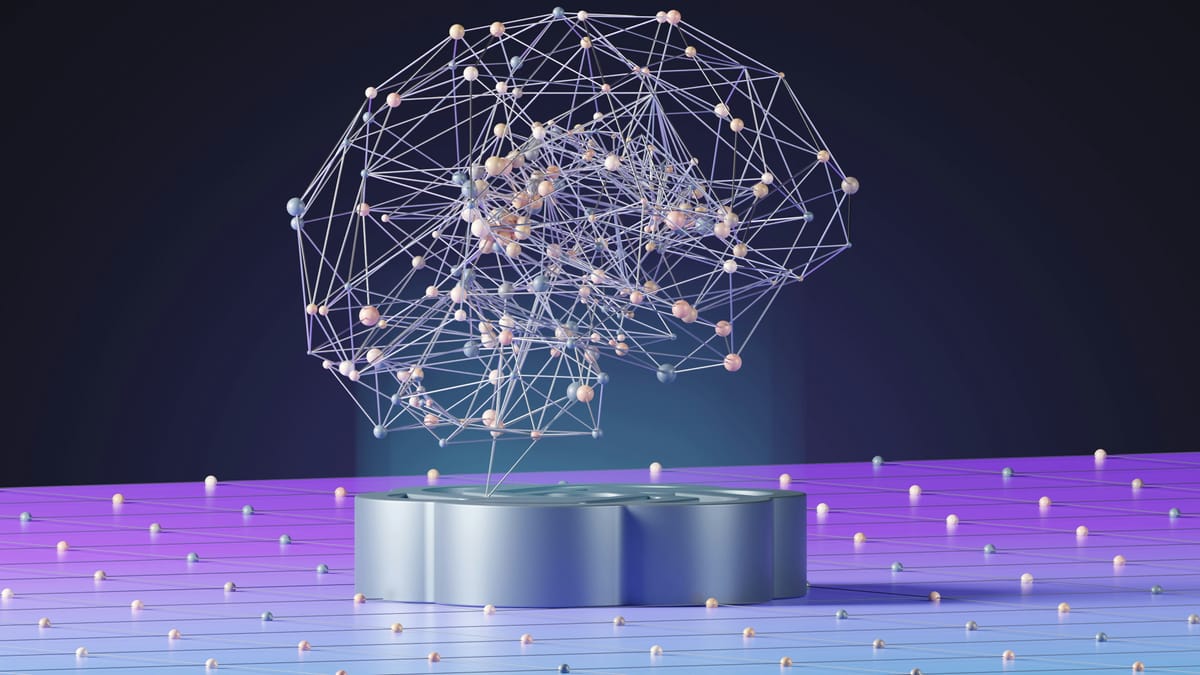Never in the history of language have two letters taken the world by storm so rapidly (unless of course you were a big fan of the popular 90s television show, ER). The mere mention of AI can elicit any range of reactions, from boundless enthusiasm to cautious curiosity to ferocious eye-rollery.
AI has changed so much so quickly, and the pure velocity of those advancements is more than enough to make some people want to get off the ride. We certainly understand why. It’s easy to get caught up in headlines proclaiming breakthroughs and reshaping industries. It makes it all feel like a mountain that’s grown too high to climb.
But like anything else, AI as a whole can be broken down into its smaller parts and understood more deeply. And when we understand the basics of AI, we empower ourselves to use it more thoughtfully and even, at times, challenge it.
You’ve likely seen phrases like “machine learning” or “language models” floating around in articles and on social media, but today we’re going to dig into these AI building-blocks in a more meaningful way.
What is AI?
Artificial Intelligence refers to the ability of computers to use information and reason to make decisions and solve problems. There are two primary ways they do this:
- By following rules to make decisions.
- By using information to learn patterns and applying those patterns to make decisions.
As humans, we know that more often than not, the world is just too complicated to make decisions solely by following rules. We’re rebellious like that! This is why the second method above is critical in order for both humans and computers to be able to reason and make decisions.
For example, when you have a conversation with someone, there are many rules you need to follow in the language you are speaking in order to communicate effectively. Grammar, pronunciation, how well you know the person or audience you are talking to, and even the way that words sound can all change the meaning of what we want to say.
But, do you actually think about these rules every time you speak? Of course not! Eventually your brain learns how to speak and understand a language through years of practice. You have practiced so much that it likely feels automatic for you to have a conversation.
That analogy guides us nicely to our next topic: machine learning, which is an important concept in AI that is critical to almost all AI applications you see around you, from video recommendations on YouTube or TikTok to self-driving cars, as well as in educational contexts.
What is Machine Learning?
Machine learning refers to the process of building AI systems that allows computers to perform tasks and make predictions by learning from data, without having to follow explicitly defined rules.
A very common application of AI that uses machine learning is chatbots. A chatbot is a computer application that uses machine learning to have a conversation with a human.
We mentioned earlier that when you are having a conversation with someone, you probably don’t consciously think about all of the rules for the human language during the conversation. But at some point, you did have to learn which patterns and rules appear in the human language to be able to have a conversation that makes sense.
The same is true for computers! Computers are able to learn from billions of pieces of text (including words and phrases) to come up with our next topic, a language model. Just like a globe is a model of our world, a language model is a model of a human language. And AI systems use that language model in the process of machine learning.
What is a Language Model?
A language model is a computer model of a human language that provides information on how likely it is for a particular piece of text to come after other words.
Consider the following phrase: “I am cooking in the ____.”
There are a few words that can reasonably complete this phrase. "Kitchen" probably comes to mind first. With slightly less likelihood, you could also be cooking in the “restaurant” or the “backyard”.
But you’re definitely not going to be cooking in the “banana” or the “tree.”
Language models need to develop a very good understanding of language. And if they want to communicate with humans, that knowledge of language needs to be as close as possible to the amount of understanding we have.
They do that by breaking down the patterns using a ton of text data, coming up with a language model based on various mathematical techniques, making a decision on what text to generate, and responding in a reasonable way.
Chatbots have come a long way, and thanks to a lot of hard work by many computer scientists, they are able to respond in a way that can often closely resemble the kind of conversations we might have with another human. They’re not perfect, of course. We humans have had a bit more practice!
Used responsibly, chatbots remain one of the most important applications of AI and machine learning in today’s world. On top of being incredibly interesting, it’s also our job as consumers, to think critically about how we interact with chatbots and carefully examining the responses they give back to us.
It goes without saying that AI, like any other technology, is quite complex. And that complexity has ultimately deterred people from learning more about it. But just as we’ve gained knowledge and understanding of things like the Internet and computers themselves, we can do the same with AI.
By demystifying AI and seeking to understand even just a few pieces of the puzzle at a time, the seemingly daunting world of AI can become more accessible, relatable, and ultimately, a lot less scary.
~


